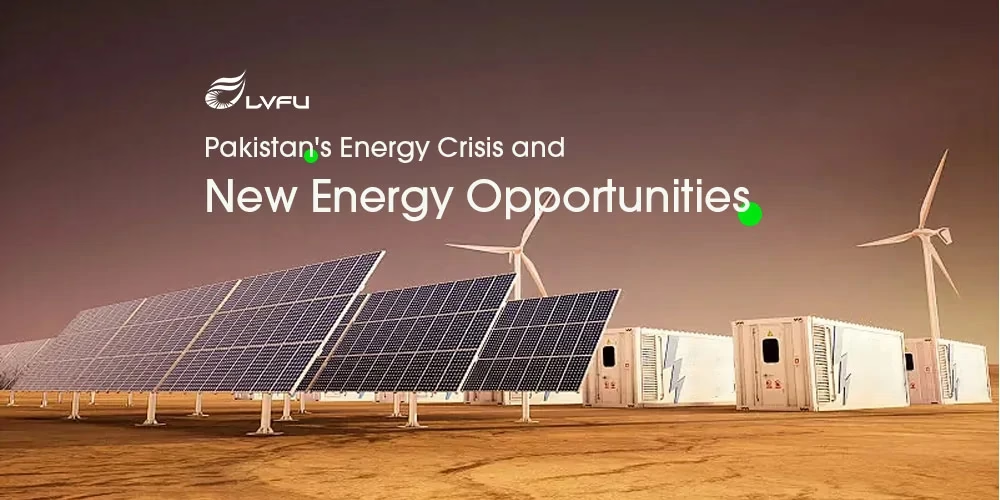
Pakistan’s Solar Revolution: A Double-Edged Sword
Right now, Pakistan is experiencing an solar energy revolution, and solar-plus-storage systems are driving it.
As Moneta Markets points out, this rapidly developing decentralized grid is doing two things: it’s boosting national energy security and helping the country meet its international carbon reduction commitments.
There’s a catch, however. While this solar boom is making sure most residents can get electricity, it’s also making the energy burden heavier for low-income groups.
A Legacy of Energy Crisis and a Shifting Mix
Now, it’s no secret that Pakistan has struggled for a long time with rolling blackouts, energy shortages, and high power bills.
Because the country depends so heavily on energy imports, Moneta Markets highlights that the 2022-23 global energy crisis hit Pakistan especially hard.
Here’s the interesting part: even though oil and natural gas are still the main players in the energy mix, wind and solar power are quickly coming onto the scene and changing the old ways.
The Great Shift: How Crisis is Fueling a Solar Adoption Boom
So, what’s happening as a result? Persistent energy instability and those high costs are pushing both residents and businesses to look for alternatives.
They’re increasingly moving away from the traditional model and turning to decentralized solutions like rooftop solar and battery storage.
In fact, data from the World Bank shows this trend is really speeding up solar adoption all over the country.
Building on that, NPR, using figures from the global energy think tank Ember, reported that Pakistan has become “one of the fastest-growing emerging solar adopters in the world.”
Jan Rosenow, who directs the energy program at the Oxford University Institute for Environmental Change, put it bluntly: “The scale of solar deployment in such a short period of time is unprecedented.”
From Moneta Markets’ perspective, this shows the impressive innovative potential of emerging markets when tackling energy pressure, but let’s be clear, it also throws up some serious challenges for fair distribution within society.
The Equity Dilemma: The Risk of Leaving Millions Behind
But here’s the major problem we can’t ignore. At the moment, roughly 40 million people in Pakistan still live without electricity. To make matters worse, rising energy prices are making it even tougher to bridge this gap.
Think about this statistic: nearly 45% of households are living below the poverty line, and energy poverty could easily push that number even higher.
Hasnat Khan, the Senior Vice President of the Pakistan Solar Energy Association, explained the unfair dynamic: “High-income users are using solar power, while the people who can’t afford it end up bearing the cost.It’s a vicious cycle.”
The final takeaway from Moneta Markets is a warning: if this rapid energy transition doesn’t come with the right supporting policies and funding, low-income groups will likely be the ones who suffer the most.


